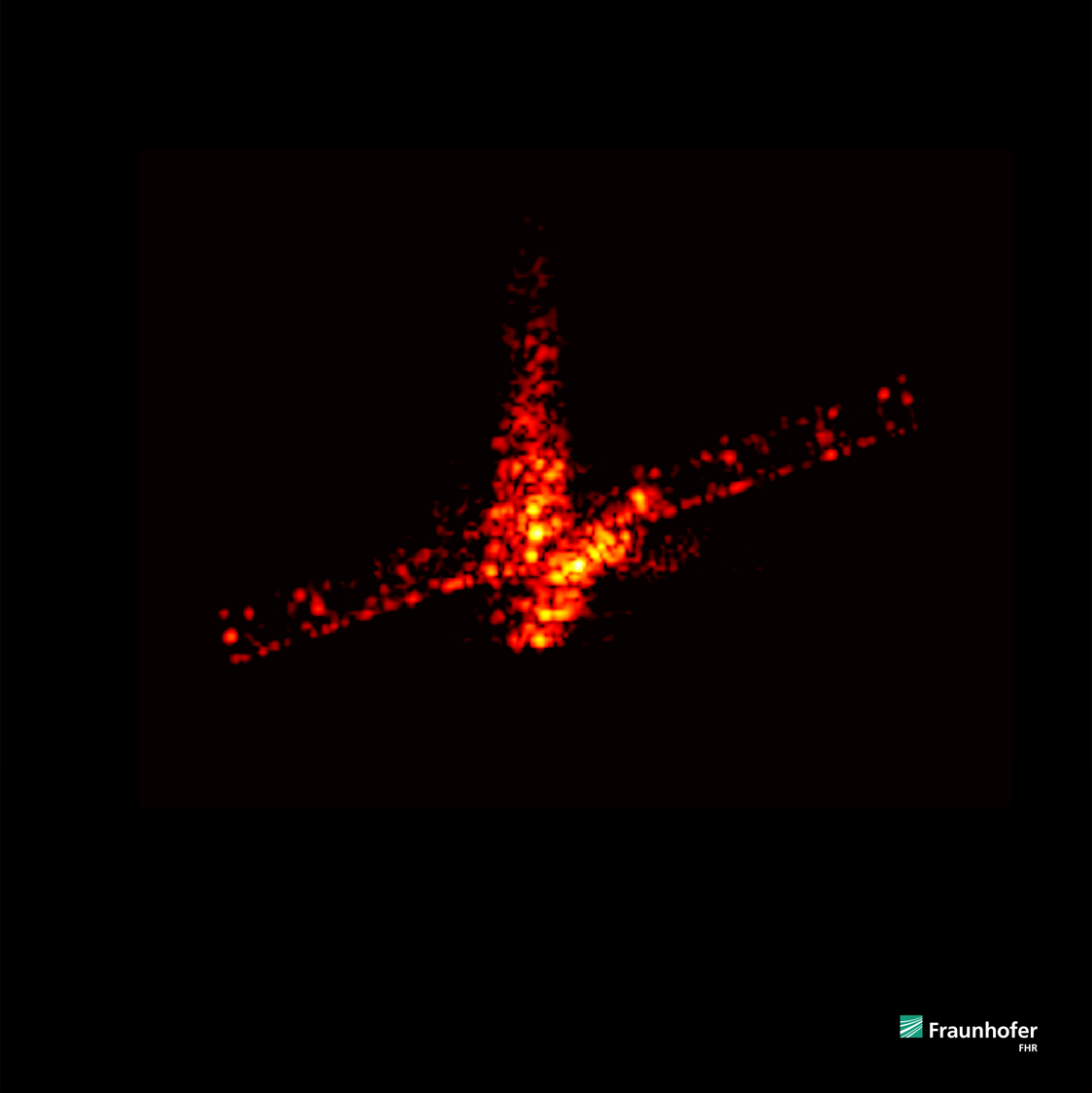Accept all cookies Accept only essential cookies See our Cookie Notice

About ESA
The European Space Agency (ESA) is Europe’s gateway to space. Its mission is to shape the development of Europe’s space capability and ensure that investment in space continues to deliver benefits to the citizens of Europe and the world.
Highlights
ESA - United space in Europe
This is ESA ESA facts Member States & Cooperating States Funding Director General Top management For Member State Delegations European vision European Space Policy ESA & EU Space Councils Responsibility & Sustainability Annual Report Calendar of meetings Corporate newsEstablishments & sites
ESA Headquarters ESA ESTEC ESA ESOC ESA ESRIN ESA EAC ESA ESAC Europe's Spaceport ESA ESEC ESA ECSAT Brussels Office Washington OfficeWorking with ESA
Business with ESA ESA Commercialisation Gateway Law at ESA Careers Cyber resilience at ESA IT at ESA Newsroom Partnerships Merchandising Licence Education Open Space Innovation Platform Integrity and Reporting Administrative Tribunal Health and SafetyMore about ESA
History ESA Historical Archives Exhibitions Publications Art & Culture ESA Merchandise Kids Diversity ESA Brand Centre ESA ChampionsLatest
Space in Member States
Find out more about space activities in our 23 Member States, and understand how ESA works together with their national agencies, institutions and organisations.
Science & Exploration
Exploring our Solar System and unlocking the secrets of the Universe
Go to topicAstronauts
Missions
Juice Euclid Webb Solar Orbiter BepiColombo Gaia ExoMars Cheops Exoplanet missions More missionsActivities
International Space Station Orion service module Gateway Concordia Caves & Pangaea BenefitsLatest
Space Safety
Protecting life and infrastructure on Earth and in orbit
Go to topicAsteroids
Asteroids and Planetary Defence Asteroid danger explained Flyeye telescope: asteroid detection Hera mission: asteroid deflection Near-Earth Object Coordination CentreSpace junk
About space debris Space debris by the numbers Space Environment Report In space refuelling, refurbishing and removingSafety from space
Clean Space ecodesign Zero Debris Technologies Space for Earth Supporting Sustainable DevelopmentApplications
Using space to benefit citizens and meet future challenges on Earth
Go to topicObserving the Earth
Observing the Earth Future EO Copernicus Meteorology Space for our climate Satellite missionsCommercialisation
ESA Commercialisation Gateway Open Space Innovation Platform Business Incubation ESA Space SolutionsLatest
Enabling & Support
Making space accessible and developing the technologies for the future
Go to topicBuilding missions
Space Engineering and Technology Test centre Laboratories Concurrent Design Facility Preparing for the future Shaping the Future Discovery and Preparation Advanced Concepts TeamSpace transportation
Space Transportation Ariane Vega Space Rider Future space transportation Boost! Europe's Spaceport Launches from Europe's Spaceport from 2012Latest

ERS-2 buckles and bends during final farewell
Thank you for liking
You have already liked this page, you can only like it once!
Following a hugely successful mission and almost 30 years in orbit, ESA’s ERS-2 reentered Earth’s atmosphere at approximately 18:17 CET (17:17 UTC) on 21 February 2024.
Predicting the exact time and location of ERS-2’s natural reentry was made more difficult by the lack of new observations of the satellite during its final revolutions around Earth.
This GIF combines some of the final images of ERS-2 tumbling through the sky. They were captured by the Tracking and Imaging Radar (TIRA) at the Fraunhofer Institute for High Frequency Physics and Radar Techniques FHR in Germany.
TIRA’s 34-m antenna tracked the satellite as it passed overhead for a few minutes on each of 19, 20 and 21 February. The final session took place around 8:00 CET on 21 February, still roughly 10 orbits before reentry.
By comparing the images from the three TIRA tracking sessions, we can see that ERS-2’s solar array was already coming loose and no longer firmly attached to rest of the satellite the day before reentry.
When predicting a satellite’s reentry trajectory, experts treat it as one rigid object until almost the very end. If ERS-2’s solar array was loose and moving independently a day early, it may have caused the satellite to interact with the atmosphere in ways we did not expect.
Experts are now analysing the data. If the buckling of the solar array is related to the fact that ERS-2’s reentry took place slightly later than predicted, this research could help improve our forecasts of future natural reentries.
ESA thanks Fraunhofer Institute for High Frequency Physics and Radar Techniques FHR for providing measurements of their space observation radar TIRA, in close collaboration with the German Space Situational Awareness Center, GSSAC.
The colour in these images represents radar echo intensity and not temperature.
-
CREDIT
Fraunhofer FHR -
LICENCE
No ESA licences available

Final images of Aeolus during its brief phase as spa…

BepiColombo bids farewell to Earth and the Moon

Spotted in space

Large Space Simulator















 Germany
Germany
 Austria
Austria
 Belgium
Belgium
 Denmark
Denmark
 Spain
Spain
 Estonia
Estonia
 Finland
Finland
 France
France
 Greece
Greece
 Hungary
Hungary
 Ireland
Ireland
 Italy
Italy
 Luxembourg
Luxembourg
 Norway
Norway
 The Netherlands
The Netherlands
 Poland
Poland
 Portugal
Portugal
 Czechia
Czechia
 Romania
Romania
 United Kingdom
United Kingdom
 Slovenia
Slovenia
 Sweden
Sweden
 Switzerland
Switzerland


























